Bulgur and rice pilaf are staples in many cuisines around the world, each offering unique flavors, textures, and nutritional benefits. Understanding the differences between these two grains can enhance your culinary skills and broaden your appreciation for diverse culinary traditions. In this article, we will delve into the origins, preparation methods, and ideal pairings for both bulgur and rice pilaf.
What Is Bulgur Made From?
Bulgur is a whole grain made from cracked wheat, most commonly from durum wheat. The process of making bulgur involves parboiling the wheat, drying it, and then cracking it into smaller pieces. This process not only gives bulgur its distinctive nutty flavor and chewy texture but also reduces its cooking time significantly compared to other whole grains.
Nutritional Benefits: Bulgur is high in fiber, protein, and essential vitamins and minerals such as iron, magnesium, and B vitamins. It’s also low in fat and calories, making it a nutritious choice for those looking to maintain a balanced diet.
Common Uses: In Turkish cuisine, bulgur is often used to make bulgur pilaf, a versatile side dish that can accompany a variety of main courses. It’s also the main ingredient in kısır, a bulgur salad mixed with parsley, tomatoes, green onions, and spices.

What Is Rice Made From?
Rice is a staple food for more than half of the world’s population and comes in various types, including long-grain, medium-grain, and short-grain varieties. Each type of rice has its own unique characteristics and uses.
Types of Rice: Common types of rice include basmati, jasmine, arborio, and sushi rice. Basmati and jasmine rice are long-grain varieties known for their fragrant aroma and fluffy texture. Arborio rice is used for making creamy dishes like risotto, while sushi rice is short-grain and sticky, perfect for making sushi.
Nutritional Benefits: Rice is a good source of carbohydrates, providing energy for the body. Brown rice retains its bran and germ, making it higher in fiber and nutrients compared to white rice, which has had these parts removed during processing.
Common Uses: Rice is incredibly versatile and is used in dishes ranging from simple steamed rice to complex pilafs and risottos. Rice pilaf is a popular dish in many cultures, where the rice is toasted in butter or oil before being simmered in broth with various seasonings.
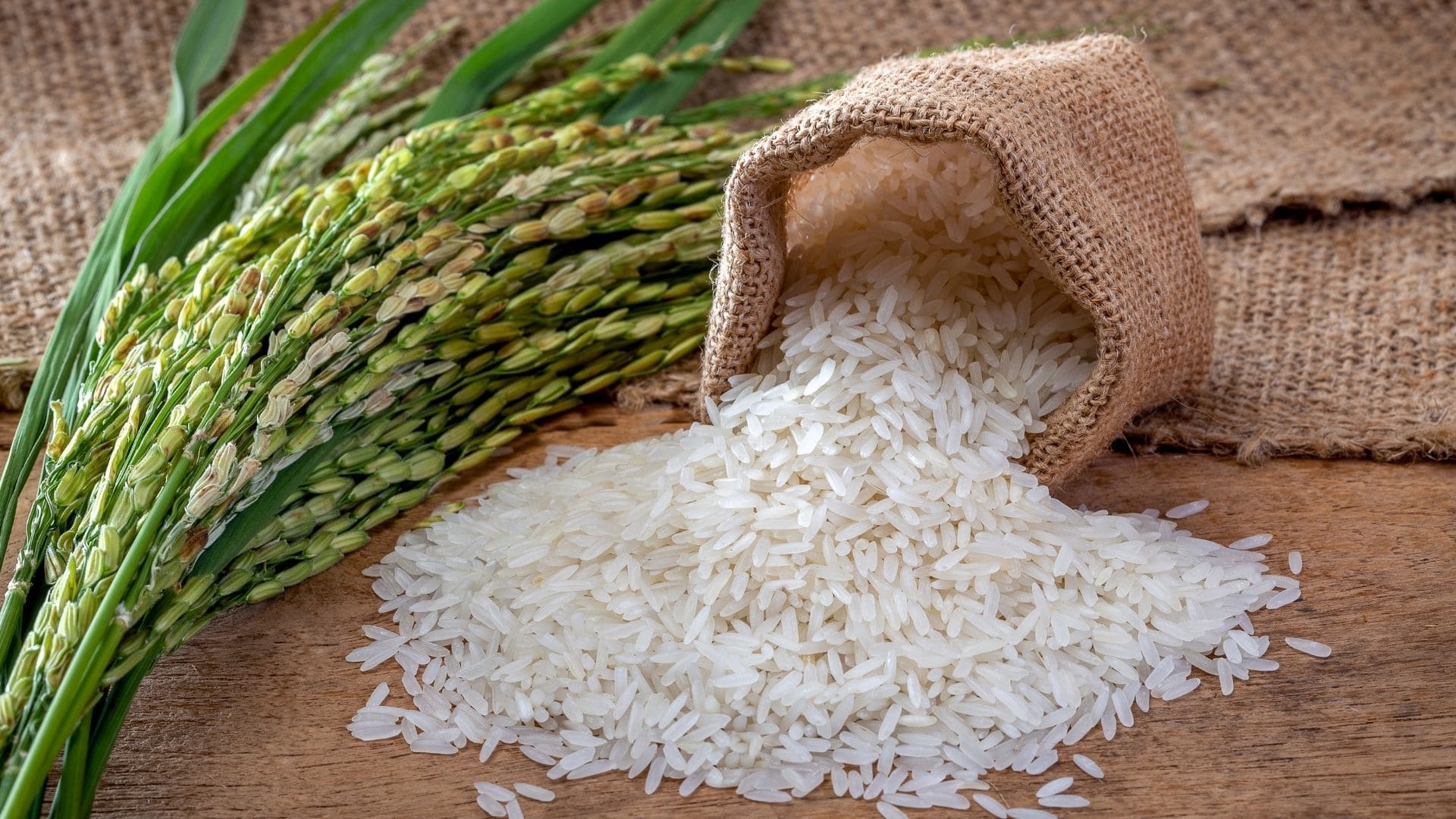
Differences in Cooking Methods of Bulgur Pilaf and Rice Pilaf
The cooking methods for bulgur pilaf and rice pilaf differ significantly, reflecting their unique characteristics and culinary traditions.
Bulgur Pilaf:
- Preparation: Bulgur is typically rinsed and drained before cooking.
- Sautéing: Onions, garlic, and sometimes other vegetables are sautéed in oil or butter.
- Adding Bulgur: The bulgur is added to the pan and lightly toasted.
- Simmering: Water or broth is added, and the mixture is brought to a boil, then simmered until the liquid is absorbed.
- Fluffing: The pilaf is fluffed with a fork before serving.
A traditional Turkish bulgur pilaf might include tomatoes, green peppers, and a blend of spices such as cumin and paprika.
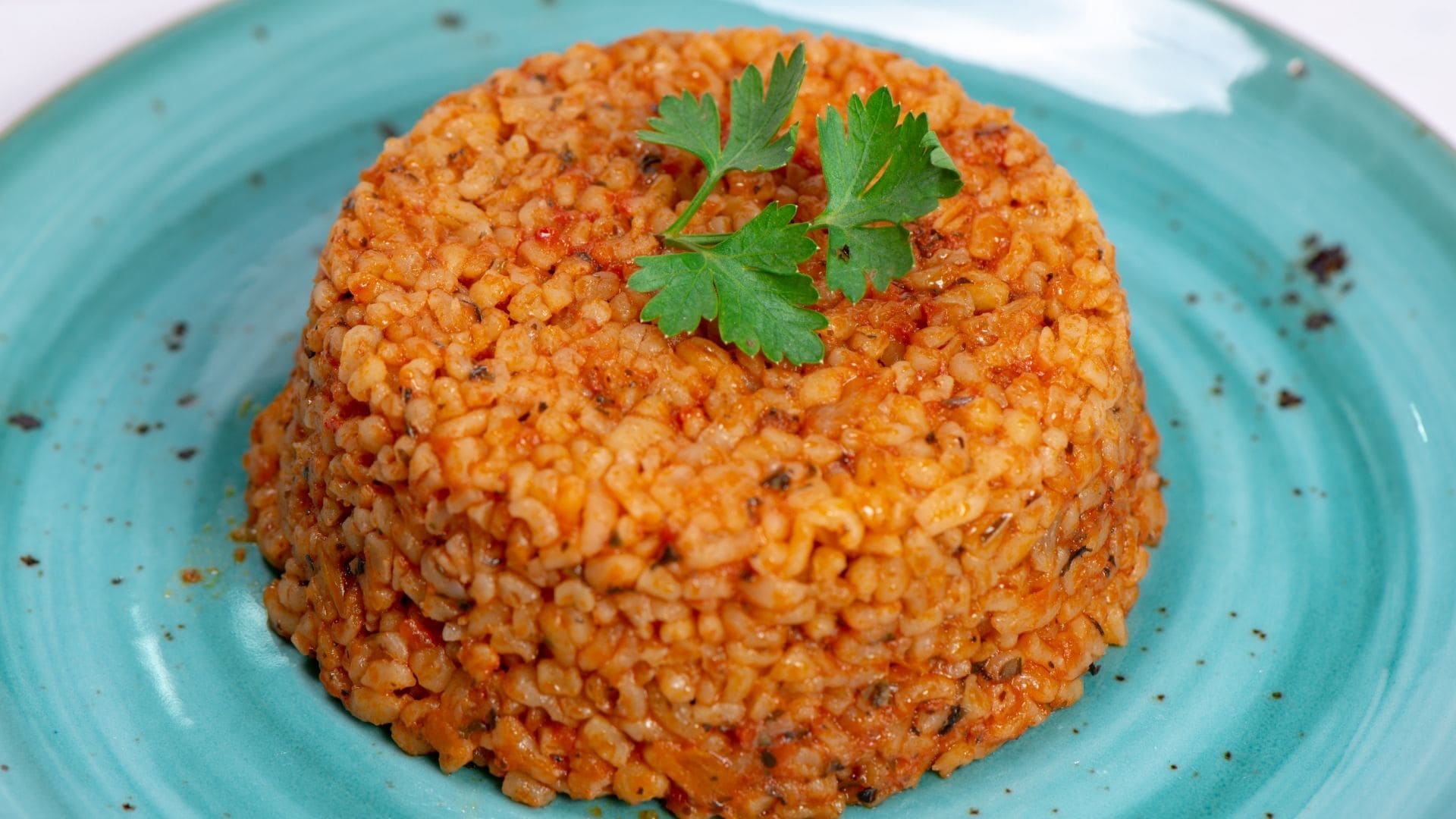
Rice Pilaf:
- Preparation: Rice is usually rinsed to remove excess starch, which prevents the grains from becoming too sticky.
- Sautéing: Onions and garlic are sautéed in oil or butter until translucent.
- Adding Rice: The rice is added to the pan and toasted until it becomes fragrant.
- Simmering: Broth or water is added, and the mixture is brought to a boil, then simmered with a lid until the liquid is absorbed and the rice is tender.
- Resting: The rice is left to rest off the heat with the lid on for a few minutes before being fluffed with a fork.
A classic Greek rice pilaf might include lemon zest, dill, and sometimes orzo pasta for added texture.
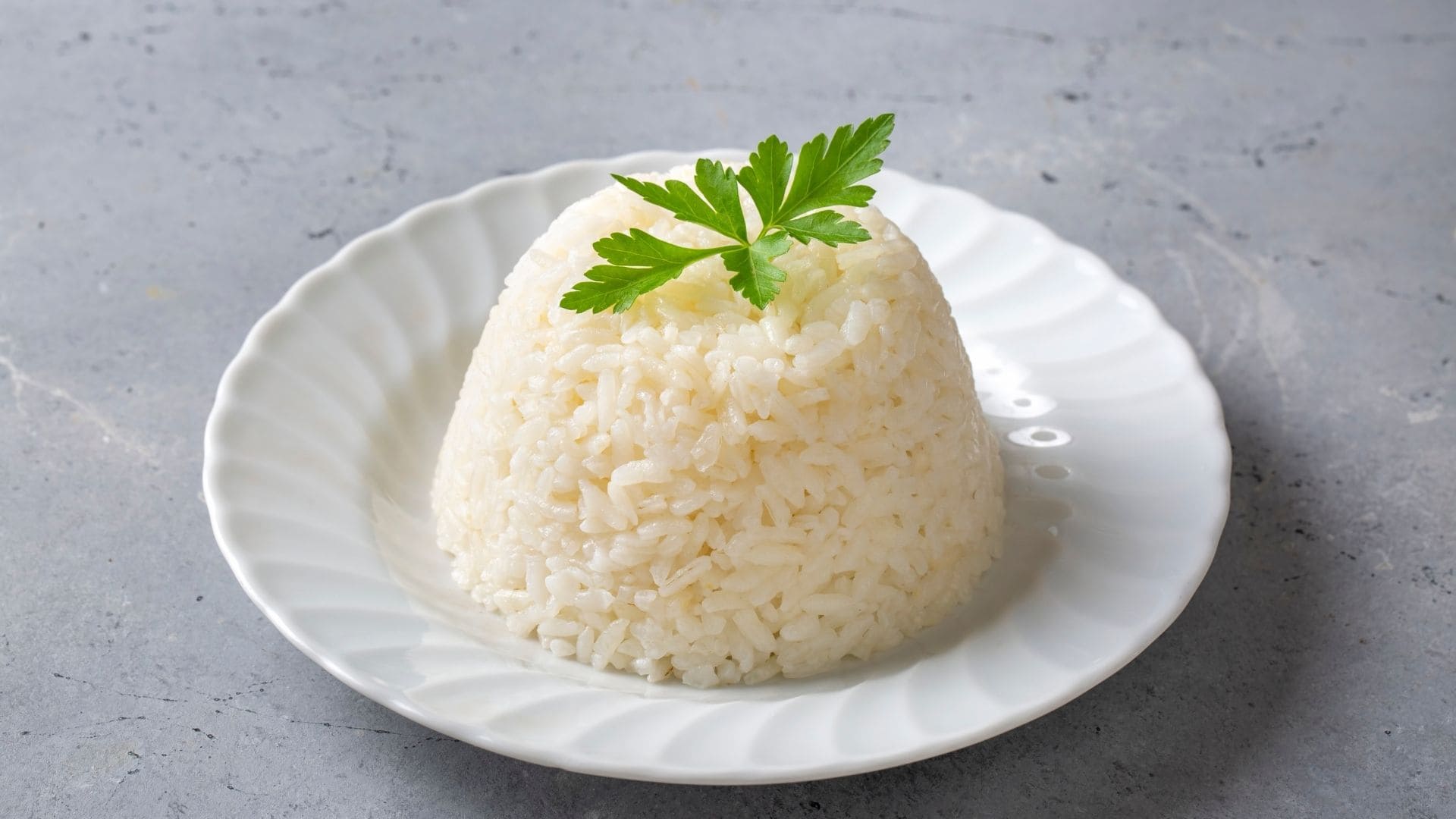
Pairing Bulgur Pilaf and Rice Pilaf with Main Dishes
Both bulgur and rice pilaf can be paired with a variety of main dishes, enhancing their flavors and providing a balanced meal.
Bulgur Pilaf Pairings:
- Grilled Meats: Bulgur pilaf pairs wonderfully with grilled lamb, chicken, or beef kebabs, offering a nutty contrast to the savory meats.
- Vegetarian Dishes: Serve bulgur pilaf with roasted vegetables or a hearty stew for a nutritious vegetarian meal.
- Seafood: Try pairing bulgur pilaf with grilled or baked fish, such as salmon or sea bass, for a light yet satisfying dish.
At Mama Fatma Restaurant in Toronto, Ontario, Canada, our bulgur pilaf is often served alongside Izgara Köfte (Grilled Meatballs), offering a perfect balance of flavors and textures.
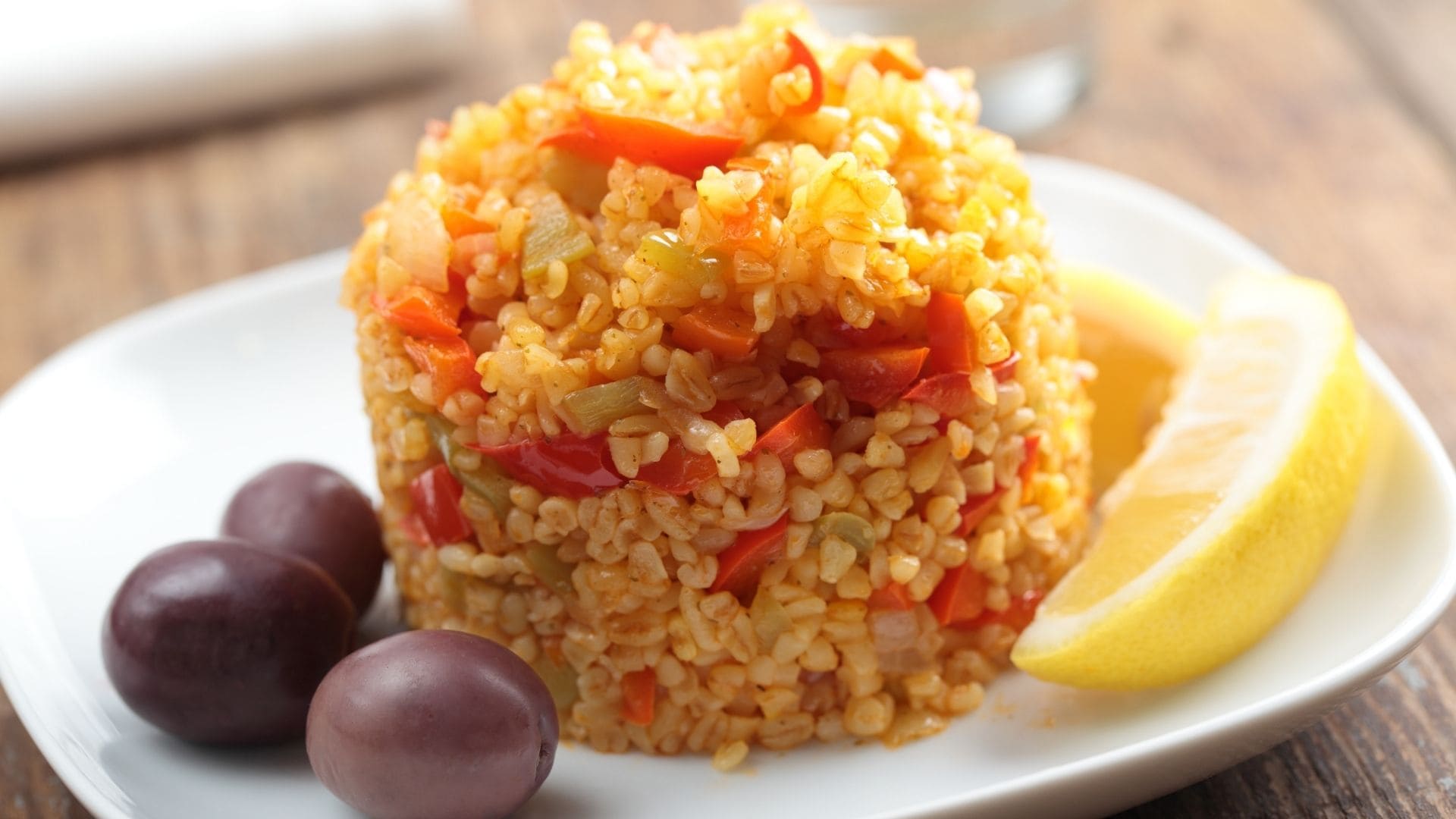
Rice Pilaf Pairings:
- Roasted Poultry: Rice pilaf is an excellent side for roasted chicken or turkey, especially when flavored with herbs and spices that complement the poultry.
- Curries: Pair rice pilaf with rich, flavorful curries to soak up the delicious sauces and provide a neutral base for the intense flavors.
- Mediterranean Dishes: Serve rice pilaf with dishes like Moussaka or Stuffed Peppers for a complete Mediterranean meal.
At Mama Fatma Restaurant, our rice pilaf with lemon and dill is a perfect accompaniment to our Stuffed Grape Leaves, providing a fresh and tangy contrast to the savory filling.
Bulgur and rice pilaf each bring their own unique qualities to the table, making them versatile and beloved staples in many cuisines. Understanding the differences in their origins, preparation methods, and ideal pairings can help you appreciate these dishes even more and inspire you to incorporate them into your own cooking repertoire.
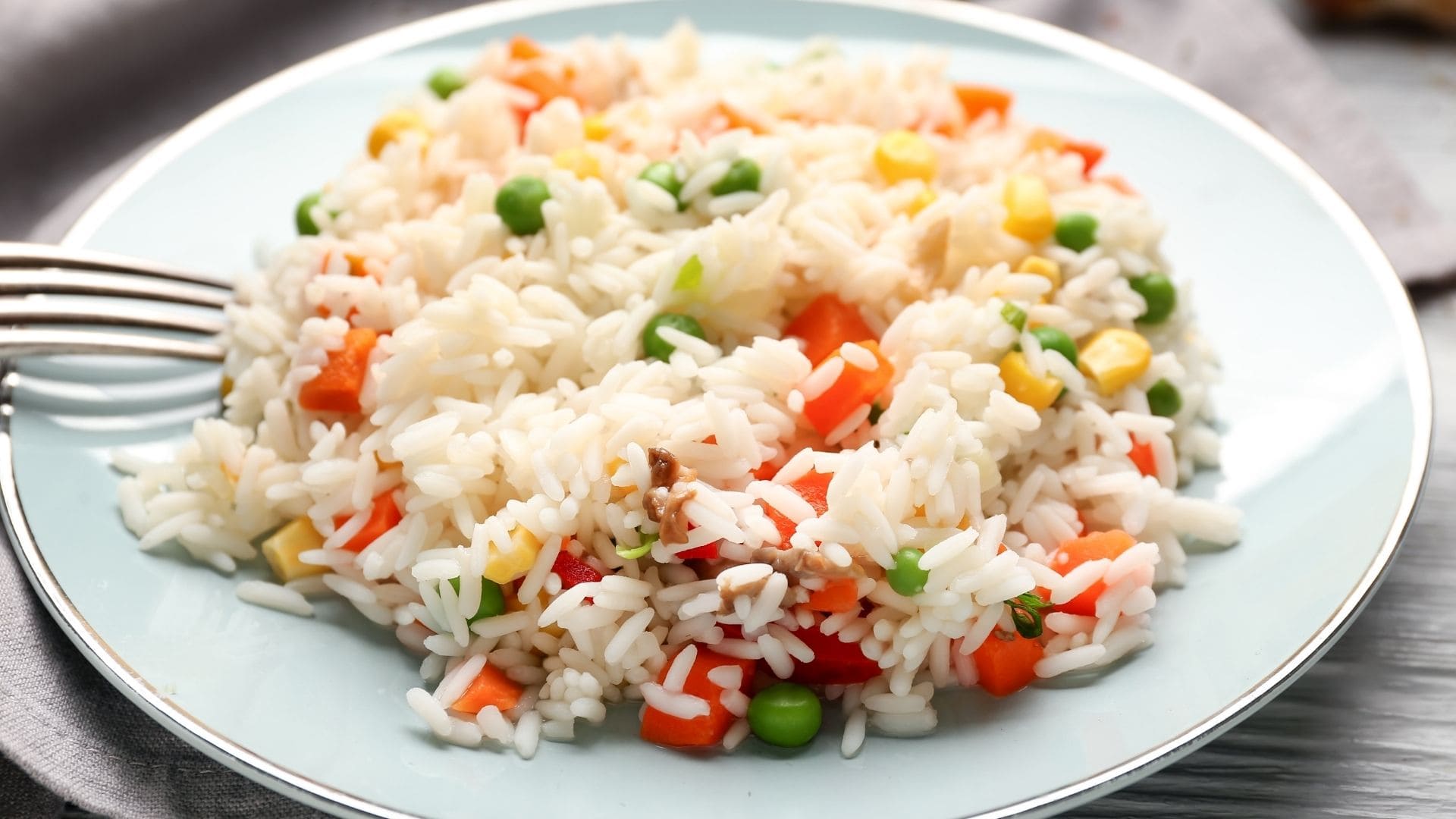
At Mama Fatma Restaurant in Toronto, Ontario, Canada, we celebrate the rich culinary traditions of Turkish cuisine by offering authentic and delicious bulgur and rice pilaf dishes. Visit us to experience the depth of flavors and the warmth of Turkish hospitality, where every meal is a journey through time-honored recipes and contemporary culinary creations


